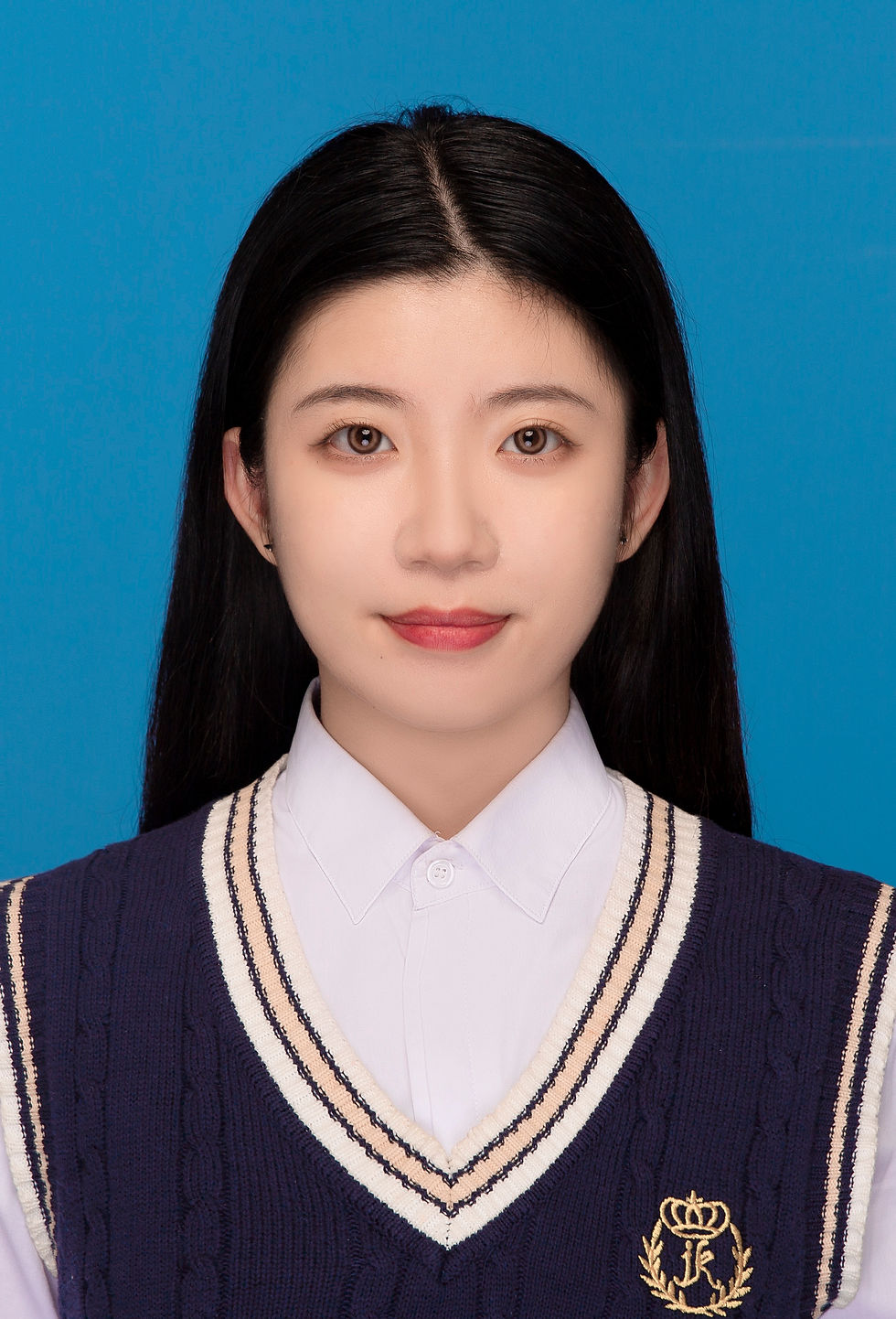Mei-Chih Chang
- Česká sekce INSEA

- May 31
- 2 min read
Updated: Jun 22
7.5 Curriculum Design and Implementation of Eastern Art Appreciation Teaching for the Elementary Schools in Taiwan (Paper)

Mei-Chih Chang – Tanyang Elementary School, Taichung City, Taiwan
Ching-Fang Lee – Department of Fine Arts, National Changhua University of Education, Taiwan
Li-Hui Wang – Hudong Elementary School, Changhua, Taiwan
Abstract:
David Perkins (1994), co-director of Harvard’s Project Zero, proposes looking at art as a means to cultivate thinking dispositions. Shinya Niiseki et al. (2024), in A Different Art Appreciation Class: Japanese Appreciation Learning Assessment Scale, state that “appreciation is one of the important ways to cultivate thinking, judgment, and expressive abilities” (p. 11). Nevertheless, art teaching in the elementary schools of Taiwan has been creation-oriented, emphasizing skills of artistic expression, while art appreciation teaching is often neglected. In a survey of elementary school teachers in central Taiwan in the fall of 2024, Mei-Chih Chang uncovered that art teachers generally affirmed the importance of art appreciation teaching. However, they also reported obstacles to the implementation thereof, including the lack of relevant teaching materials, time-consuming in professional development, difficulties in teaching assessment, and transportation inconvenience to art venues for field trips.
To assist more art teachers in conducting art appreciation teaching, this paper aims to (1) capture the current landscape of art appreciation teaching implementation in Taiwan’s elementary schools; (2) explore the curriculum design and teaching strategies for integrating Eastern art into elementary school art appreciation teaching; (3) implement art appreciation teaching and analyse students’ learning feedback as references for teaching materials design improvement. A mixed methods approach is employed. The qualitative research component is to implement, iteratively review, and revise Eastern art appreciation teaching through action research. The quantitative research component analyses questionnaires to capture student learning performance and feedback. The results will provide references for teachers interested in researching or engaging in elementary school art appreciation teaching. It is expected to support teachers to cultivate students’ reflective thinking abilities through implementing appreciation courses, enhance their artistic sensibility and aesthetic literacy by introducing the appreciation and analysis of Eastern art, and promote diverse abilities beneficial to future learning and development.



Comments